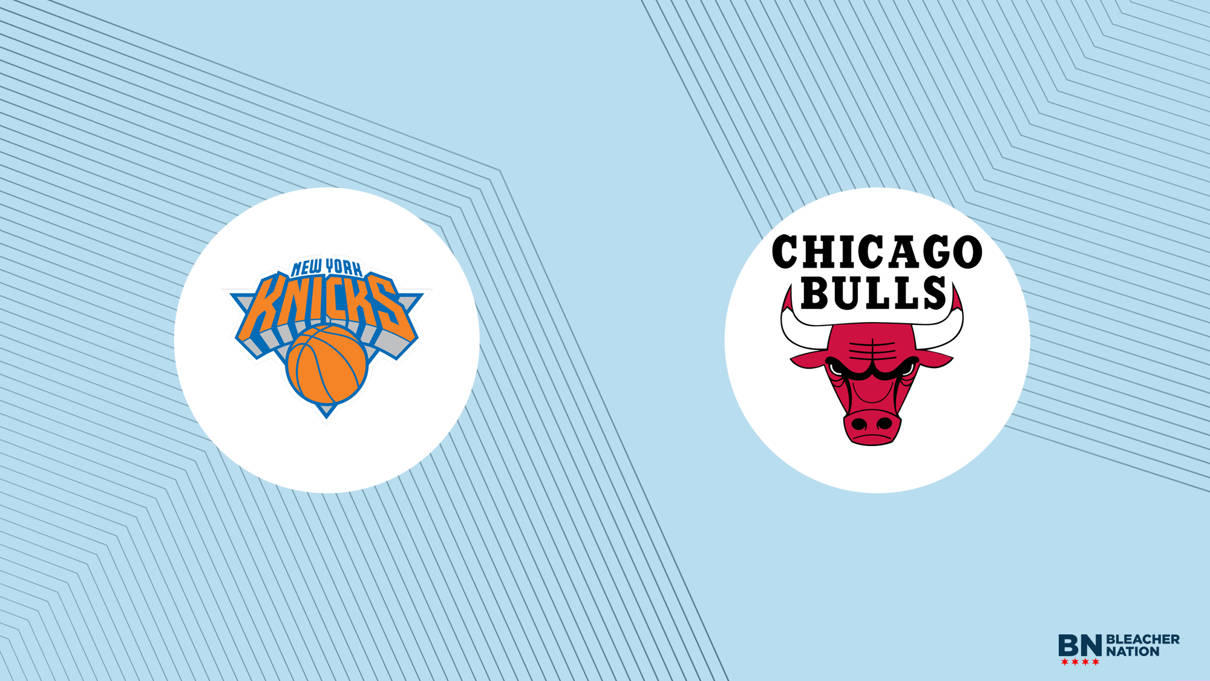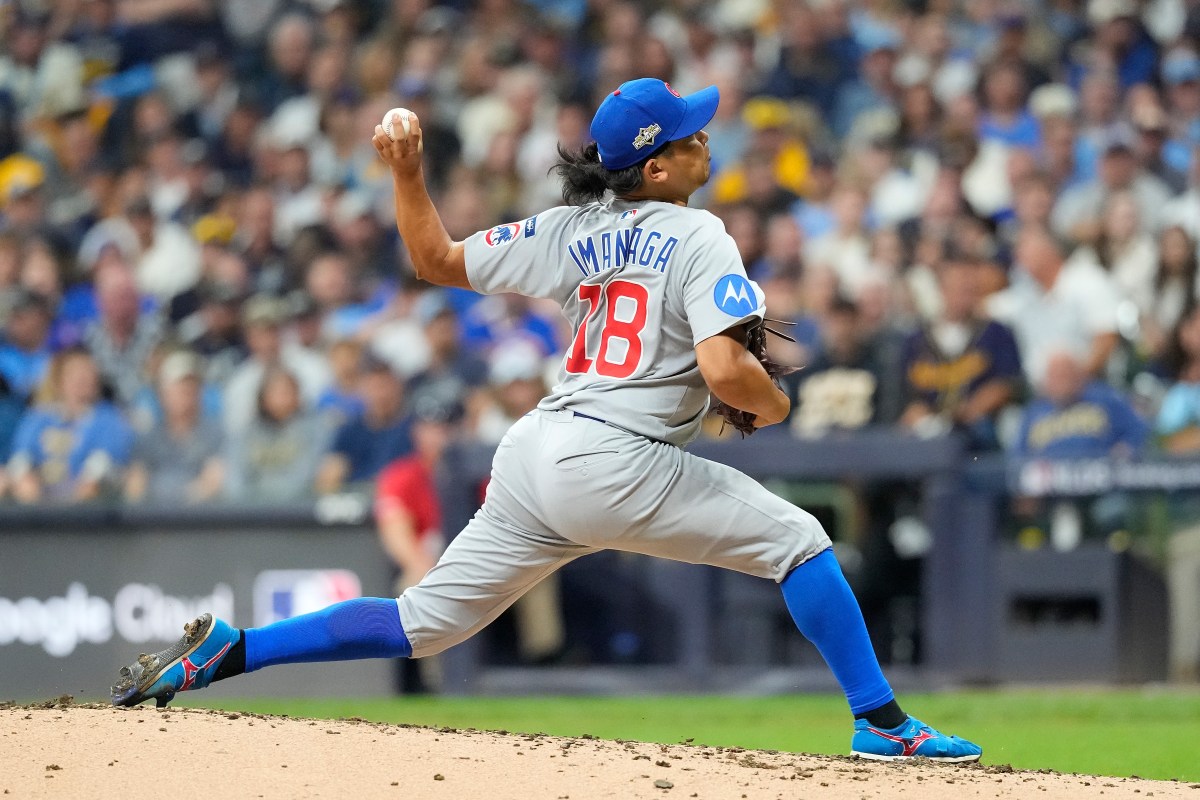Back in the day, Call of Duty games rotated developers on a two-to-three-year cadence, meaning consecutive entries would come from different internal studios, ensuring a longer development cycle as the next Modern Warfare or Black Ops title was being cooked up. The franchise broke that streak with Modern Warfare 3 (2023), resulting in a stale finale to the rebooted Modern Warfare trilogy. Now, Black Ops has gone down the same path, with Call of Duty: Black Ops 7 launching just a year after Black Ops 6. As I feared, this move resulted in a disappointing Call of Duty game outside of a few bright spots. One hell of a drug Multiplayer is the core part of the Call of Duty experience. It’s what the majority of players spend the most time on, and can often make or break the perception of the entire game. With Treyarch at the helm, there’s a baseline of quality that fans can expect, and that’s still true here. The gunplay feels supreme, with satisfying pops for headshots, medals, and challenge completions. Combat is as fast-paced and chaotic as one would expect from a Black Ops title. Omnimovement, the star of Black Ops 6, has also made a return. Players can once again sprint, slide, and dive in any direction, making a movement a breeze on every map. With BO7, Treyarch has added a wall bounce to push mobility a step further. It’s a compromise between CoD’s wall-running era and the boots-on-the-ground philosophy. It’s fun when you can propel yourself over an empty void or leap up into a window to fight an unsuspecting sniper, and most of the new maps have areas designed around this mechanic. With Black Ops 7’s multiplayer, Treyarch endeavored to address one of the longest-running criticisms of Call of Duty games: Skill-based Matchmaking. Commonly referred to as SBMM, this system has been a controversial topic in the community for several years. Treyarch’s solution was to add a new set of Multiplayer playlists that greatly reduced the implementation of SBMM, putting more agency in the hands of players. This decision has yielded mixed results. Playing in the non-SBMM playlists means that you’re much more likely to be pitted against players far beneath your skill level, but it also goes the opposite way, as you’ll be playing against players much better than you, too. It’s fun at times, but I was often reminded of why SBMM existed in the first place. Black Ops 7’s Multiplayer also innovates with a pretty cool quality-of-life feature: Weapon Build Codes. Now, every custom weapon build has a code that can be shared with friends and strangers over the internet. Sharing classes and weapon builds has long been a core aspect of the communal CoD experience, and now it’s easier than ever. You can even snatch another player’s build by pressing a button during Kill Cams. While there are clear points of innovation in Call of Duty’s Multiplayer mode, the experience is bogged down by decisions that range from head-scratchingly silly to downright inexcusable. For starters, there’s an overreliance on nostalgia that permeates every mode, including Multiplayer. Old maps like Hijacked, Raid, and Express all make their return in Multiplayer, with more remasters of old CoD maps already confirmed for future seasons. The original maps in BO7 are mostly fine, so the inclusion of these beloved maps almost feels like an admission that Black Ops’ best days are behind it. That idea was once again proven true when I realized that Black Ops 7 features multiple AI-generated Calling Cards. I remember a time where there was a real sense of pride in beating a tough challenge or hitting a major milestone and equipping its corresponding Calling Card for everyone to see. Somehow, Black Ops 7, a game published by a company valued at over three trillion dollars, would rather use AI to generate ugly, uncanny-looking Calling Cards instead of paying artists to create fun and flashy designs. It’s the kind of corner-cutting that cheapens the experience at the sake of saving a few bucks for a filthy rich corporation. Boo. Back from the dead The next core pillar of the CoD experience-at least when Treyarch is behind the wheel-is Zombies. A Black Ops staple, Zombies mode is back in BO7 and continues the incredibly convoluted and reality-bending storyline that dates back to 2010. While I’ve mostly lost track of the Zombies timeline, the over-the-top zaniness works pretty well for this version of the mode. I was surprised by how much I enjoyed Zombies in Black Ops 7. Survival mode offers the classic round-based survival experience, where you collect and upgrade weapons while fending off increasingly large waves of undead. Black Ops 6 added some critical quality-of-life features (e. g. progress saving when playing solo) which are present here as well. What took Zombies a step above for me, is Ashes of the Damned. It combines existing survival maps and new locations to create a massive Zombies map. Ashes of the Damned is essentially the spiritual successor to Tranzit from Black Ops 2. Ashes of the Damned ditches the bus for a truck that players can drive around themselves, adding a sense of player agency while preserving the utter chaos that comes with a large-scale Zombies experience. My friends and I were practically screaming at each other in terror as we sprinted towards the truck, plowing through hordes of zombies as we tried to reach the next location. Perks and the Mystery Box are scattered across the various locations, incentivizing you to always be thinking about your next move. Sequelitis The Black Ops series has delivered some of the best campaigns in the Call of Duty franchise. While Modern Warfare always went for more grounded, military-based campaigns, Black Ops gave us stories about espionage and political intrigue. With Black Ops 7, this series has fully lost touch of what made it special. The Black Ops 7 Campaign is an incoherent series of missions that are designed to feel like fever dreams. There are multiple over-the-top boss battles that feel like they’d be a better fit in something like Borderlands or Destiny. To reach these battles, you navigate open zones that are mostly boring and rehash mechanics from Zombies, Warzone, and Multiplayer. The story itself is designed to be a direct sequel to Black Ops 2, which means you’re constantly reminded of how awesome of a game Black Ops 2 was, and how far we’ve fallen from that height. Black Ops campaigns used to be paranoid thrillers that made you feel anxious and intrigued. Now, it has all the makings of a blockbuster film franchise that’s gone on for too long, with the nostalgia bait to boot. One good thing I can say about the Black Ops 7 campaign is that it’s stunningly well animated. The cutscenes look nearly lifelike, so kudos to the animators and performance capture actors who made that happen. This game also continues the trend of granting exclusive rewards for Campaign progress, and it’s nice to earn some extra cosmetics for Multiplayer and Zombies. Safety’s on Call of Duty: Black Ops 7 feels more like Black Ops 6. 5. Everything from the in-game UI, to the gameplay feel of the core modes, are hardly different from last year’s game. There are a few meaningful changes to Multiplayer and Zombies, but they don’t overcome some baffling design decisions, which are tied together by the worst Black Ops storyline to date. Treyarch, for my money, is still the best studio making Call of Duty games, but Black Ops 7 is clear evidence that Activision and Microsoft need to give them more time to cook. This review is based on a Steam code provided by the publisher. Call of Duty: Black Ops 7 is available now for PC, Xbox Series X|S, and PS5 for $69. 99 USD.
https://www.shacknews.com/article/146954/cod-black-ops-7-review-score
Call of Duty: Black Ops 7 review: Back so soon?



